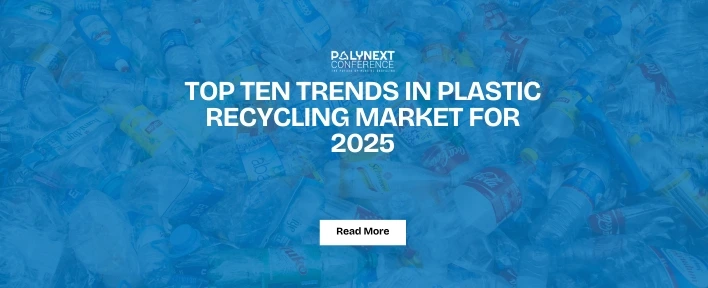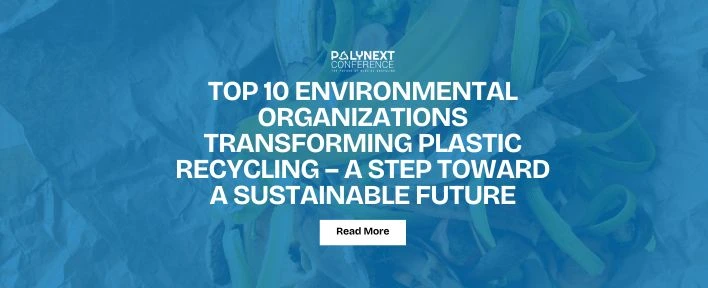Plastic recycling not only contributes to a greener and more sustainable future but also plays a significant role in driving economic growth. However, its viability depends on several factors, including technology, market demand, costs, and policy frameworks. This article highlights an analysis of the business case for sustainability in plastic recycling.
1. Economic Viability of Plastic Recycling
Cost Structure
Mechanical recycling facilities require an upfront capital expenditure (CapEx) of approximately $1,000 per ton per annum (Tpa).
A product price of $500 per ton is needed to achieve a 10% internal rate of return (IRR).
Operational costs include:
Labour-intensive sorting processes.
Energy consumption (electricity and heat).
Transportation costs, which vary based on distance.
Cost-Benefit Analysis
A study in Ughelli demonstrated that plastic waste collection and recycling systems have a high net present value (NPV) and a cost-benefit ratio of 1.50, making them financially viable compared to other mitigation strategies like awareness campaigns or deposit-refund schemes.
Recycling also reduces waste disposal costs for businesses, leading to savings on landfill fees and incineration expenses.
Advanced Recycling Technologies
Chemical recycling methods, such as pyrolysis, convert plastics into valuable outputs like fuels and industrial feedstocks for new plastic production.
The global chemical recycling market is projected to generate up to $12.9 billion annually and create thousands of jobs.
2. Environmental Benefits Driving Economic Gains
Resource Conservation
Recycling one ton of plastic saves substantial resources, including 16.3 barrels of oil and 5,774 kWh of energy. Using recycled plastic requires 75% less energy compared to producing virgin plastic.
Carbon Emissions Reduction
Increasing the global recycling rate for plastic packaging from 14% to 70% could cut CO₂ emissions by 3.5 million tons annually.
Circular Economy Model
Transitioning to a circular economy reduces waste entering landfills and oceans while creating market demand for recycled plastics.
This model could save $200 billion annually through improved efficiency.
3. Economic Opportunities in Plastic Recycling
Job Creation in the Recycling Industry
The recycling industry plays a vital role in job creation, offering employment opportunities across various fields, including:
Labour-intensive roles in waste collection and sorting.
High-skilled positions in research and development.
Engineering and innovation jobs focused on improving recycling technologies.
Scientists and engineers are constantly innovating to make plastic recycling more efficient and cost-effective.
Cost Savings for Businesses
Manufacturing products using recycled plastic requires less energy and resources, reducing production costs.
Businesses can save on waste disposal fees by diverting plastic waste from landfills.
The growing demand for recycled plastic materials offers opportunities for businesses to establish long-term partnerships with recycling facilities.
Market Growth
The global recycled plastic market is projected to reach $65.3 billion by 2026, reflecting the rising demand for sustainable materials across industries.
Challenges and Policy Support
Despite its benefits, plastic recycling faces several challenges, including:
High initial investment costs for infrastructure.
Labour-intensive sorting processes.
Contamination issues that reduce material quality.
Limited infrastructure for certain plastics, such as polystyrene.
Policy Interventions to Overcome Barriers
Governments and policymakers can take action to support plastic recycling by implementing:
Incentives for investment in recycling technologies.
Regulations promoting the use of recycled materials in manufacturing.
Extended Producer Responsibility (EPR) policies to ensure manufacturers take accountability for plastic waste.
Public awareness campaigns to improve waste segregation and collection rates.
Conclusion
Plastic recycling not only benefits the environment but also creates significant economic advantages. From job creation to cost savings for businesses, its impact on the global economy is undeniable. By embracing recycling practices and investing in circular economy strategies, industries and policymakers can drive sustainability while unlocking new economic opportunities.
As the demand for sustainable plastic solutions grows, industry leaders, innovators, and policymakers will gather at PolyNext 2025—a premier global conference dedicated to advancing plastic recycling and sustainability. Scheduled for May 7-8, 2025, in Dubai, this event will serve as a crucial platform to bridge the gap between innovation and implementation in plastic recycling and sustainable packaging.
References:
Thunder said Energy:Plastic recycling: the economics?




